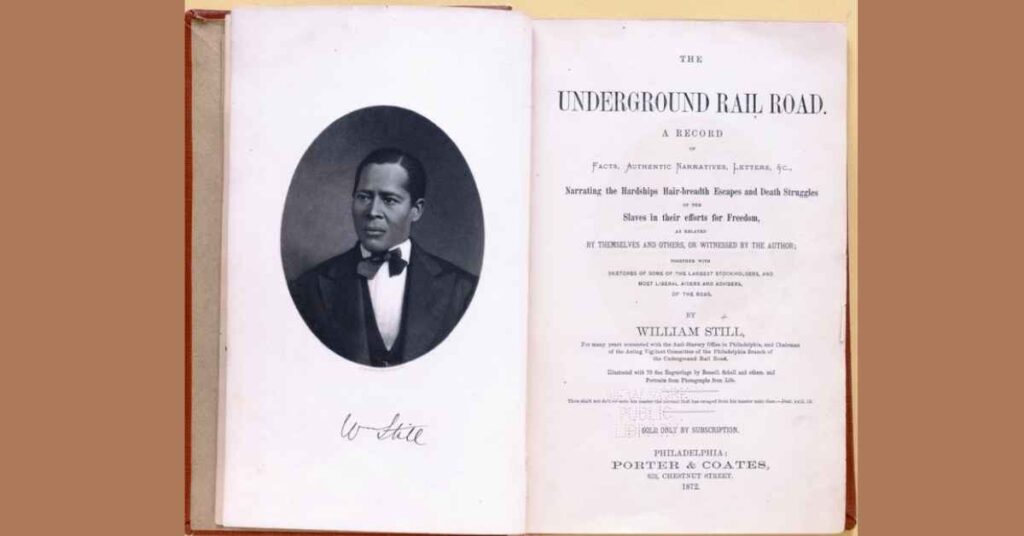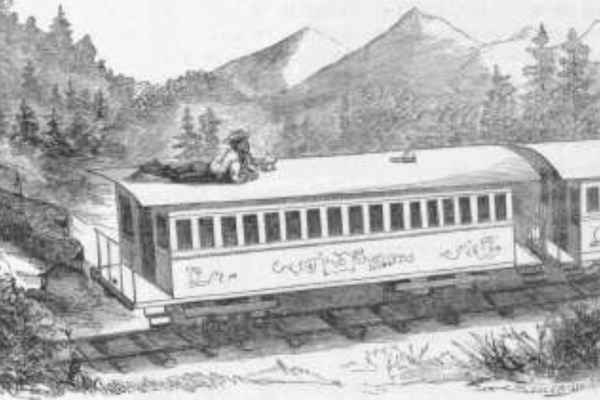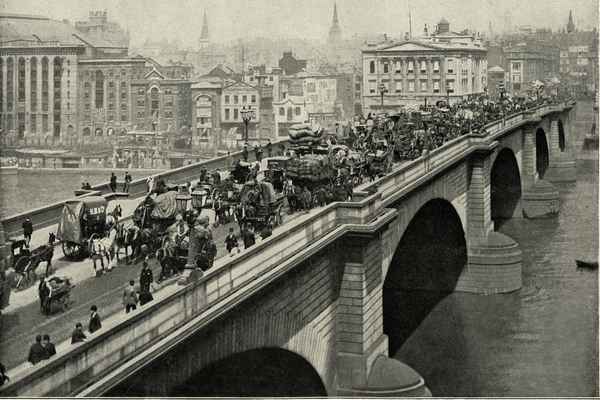This excerpt from “The Underground Railroad” by William Still documents the escape of John Thomposon who travelled by hiding on top of a rail car.
This was possibly the most dangerous method described in the book.
[The headings and italicized text in the excerpts below were added by the website editor. The rest is verbatim from the book.]
Excerpt From The Book – John Thompson

John is nineteen years of age, mulatto, spare made, but not lacking in courage, mother wit or perseverance.
He was born in Fauquier county, Virginia, and, after experiencing Slavery for a number of years there – being sold two or three times to the “highest bidder” – he was finally purchased by a cotton planter named Hezekiah Thompson, residing at Huntsville, Alabama.
Immediately after the sale Hezekiah bundled his new “purchase” off to Alabama, where he succeeded in keeping him only about two years, for at the end of that time John determined to strike a blow for liberty.
The incentive to this step was the inhuman treatment he was subjected to. Cruel indeed did he find it there. His master was a young man, “fond of drinking and carousing, and always ready for a fight or a knock-down.”
A short time before John left his master whipped him so severely with the “bull whip” that he could not use his arm for three or four days.
How John Escaped
Seeing but one way of escape (and that more perilous than the way William and Ellen Craft, or Henry Box Brown traveled), he resolved to try it.
It was to get on the top of the car, instead of inside of it, and thus ride of nights, till nearly daylight, when, at a stopping-place on the road, he would slip off the car, and conceal himself in the woods until under cover of the next night he could manage to get on the top of another car.
By this most hazardous mode of travel he reached Virginia.

I didn’t understand this escape until I saw the illustration in the book. I reproduced it above.
It may be best not to attempt to describe how he suffered at the hands of his owners in Alabama; or how severely he was pinched with hunger in traveling; or how, when he reached his old neighborhood in Virginia, he could not venture to inquire for his mother, brothers or sisters, to receive from them an affectionate word, an encouraging smile, a crust of bread, or a drink of water.
Captured!
Success attended his efforts for more than two weeks; but alas, after having got back north of Richmond, on his way home to Alexandria, he was captured and put in prison; his master being informed of the fact, came on and took possession of him again.
At first he refused to sell him; said he “had money enough and owned about thirty slaves;” therefore wished to “take him back to make an example of him.”
However, through the persuasion of an uncle of his, he consented to sell.
Accordingly, John was put on the auction-block and bought for $1,300 by Green McMurray, a regular trader in Richmond.
Another Escape
McMurray again offered him for sale, but in consequence of hard times and the high price demanded, John did not go off, at least not in the way the trader desired to dispose of him, but did, nevertheless, succeed in going off on the Underground Rail Road.
Thus once more he reached his old home, Alexandria. His mother was in one place, and his six brothers and sisters evidently scattered, where he knew not. Since he was five years of age, not one of them had he seen.
If such sufferings and trials were not entitled to claim for the sufferer the honor of a hero, where in all Christendom could one be found who could prove a better title to that appellation?
It is needless to say that the Committee extended to him brotherly kindness, sympathized with him deeply, and sent him on his way rejoicing.
Left For London

Of his subsequent career the following extract from a letter written at London shows that he found no rest for the soles of his feet under the Stars and Stripes in New York:
If it’s not clear, the letter below was written by John Thompson.
I hope that you will remember John Thompson, who passed through your hands, I think, in October, 1857, at the same time that Mr. Cooper, from Charleston, South Carolina, came on.
I was engaged at New York, in the barber business, with a friend, and was doing very well, when I was betrayed and obliged to sail for England very suddenly, my master being in the city to arrest me.
(LONDON, December 21st, 1860.)
About The Book
“The Underground Railroad” was published in 1872. The book gives the testimonies of hundreds of slaves who escaped to freedom using the network of agents and safe houses.
The author, William Still, was a black abolitionist and businessman who was a key member of the Philadelphia stop in the freedom network.
The book is in the public domain. It can be found in the Library of Congress.